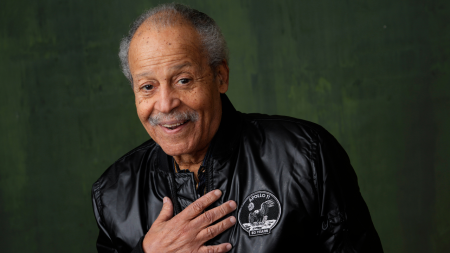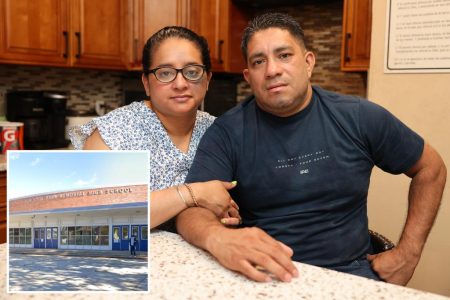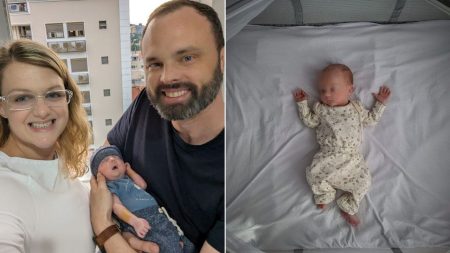Nearly 50 years later, the skeletal remains of a Vietnam veteran from Minnesota have been positively identified by authorities in Arizona. The remains of Gerald Francis Long were initially discovered in 1975 by farmers in Coconino County, Arizona, who were chasing a runaway pig. Despite numerous leads, law enforcement was unable to identify the victim, who came to be known as Munsingwear Doe due to the brand jacket found with the remains. In August 2023, forensic genetic genealogy was employed to develop a DNA profile of the victim and compare it with existing profiles in genealogy databases. By February, a potential family line was identified, leading to the confirmation that Long was a possible match for the remains.
Authorities contacted one of Long’s surviving family members, who confirmed that Long had served in the U.S. Army during the Vietnam War. Long enlisted in 1969, deployed later that year, and returned to Minnesota in 1972 before being discharged from the Army. He was last heard from in October 1972, when he informed his family that he was leaving Minnesota for the West Coast. Using this new information, the FBI Laboratory was able to match partial fingerprints collected from the remains in 1975 to known fingerprint records belonging to Long, confirming his identity. Additionally, DNA collected from Long’s family members matched with those from the remains, further solidifying the identification.
While the identity of Munsingwear Doe has finally been uncovered, the cause of Long’s death remains unknown as it could not be determined in 1975 and still remains a mystery to this day. The Coconino County Sheriff’s Office extended its deepest condolences to Long’s family and respected their privacy during this difficult time. The sheriff’s office, in collaboration with forensic experts, was able to close the nearly five-decade-old cold case, bringing closure to the family and honoring the memory of Gerald Francis Long, a Vietnam veteran who had been missing for almost half a century.
The use of forensic genetic genealogy in this case highlights the importance of advances in technology and investigative techniques in solving cold cases that have remained unsolved for many years. Through the collaboration between law enforcement, genetic genealogists, and forensic experts, the identity of a long-missing individual has been brought to light, allowing for closure for the family and community. The discovery of Long’s identity also shed light on his military service and the circumstances surrounding his disappearance, providing a sense of closure to those who knew and loved him.
As advancements in DNA technology continue to progress, cases like that of Munsingwear Doe are increasingly being solved through the use of forensic genetic genealogy. The ability to create DNA profiles of unknown victims and match them to existing genealogy databases has revolutionized the field of forensic science and has allowed for the resolution of cold cases that were once thought unsolvable. The positive identification of Gerald Francis Long serves as a testament to the persistence and dedication of law enforcement officials and forensic experts in pursuing justice for victims and their families, even after many years have passed.
In a case that spanned nearly five decades, the discovery and positive identification of the remains of a Vietnam veteran from Minnesota exemplify the power of modern forensic techniques in solving long-standing mysteries. The closure brought to Long’s family and the community at large is a testament to the importance of never giving up on uncovering the truth behind unsolved cases. While the cause of Long’s death remains unknown, the resolution of his identity allows for a sense of closure and remembrance for a veteran who served his country and whose memory can now be honored and respected. The work of law enforcement, forensic experts, and genetic genealogists in this case serves as a reminder of the importance of pursuing justice and closure in all cases, regardless of how much time has passed.















